Tutorials
Explore in-depth topics in power electronics with our expert-led tutorials, designed to provide valuable insights and practical knowledge on the latest advancements in the field.
GaN Based Inverter
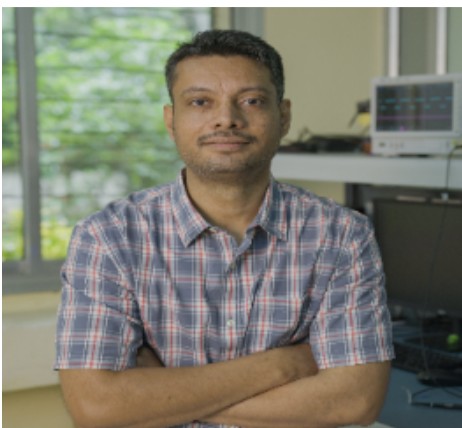
Prof. Sandeep Anand
Professor, Dept. of Electrical Engineering, Indian Institute of Technology Bombay

Dr. Arnab Sarkar
Power Electronics Hardware Engineer, Jaguar Land Rover, Bengaluru, Karnataka, India
Abstract
Gallium Nitride (GaN)-based inverters represent a significant advancement in power electronics, offering superior performance over traditional silicon-based inverters. GaN is a wide-bandgap semiconductor material that enables high-speed switching, higher efficiency, and reduced power losses, making it particularly well-suited for applications requiring compactness and fast dynamic response. In GaN-based inverters, the devices can operate at much higher switching frequencies (typically in the range of hundreds of kHz to several MHz), which reduces the size and weight of passive components like inductors and capacitors, thereby enabling more compact and lightweight designs. These inverters also exhibit lower conduction and switching losses, which translates to improved thermal performance and less need for bulky cooling systems. Additionally, GaN devices exhibit zero reverse recovery current, enhancing their efficiency in hard-switching applications. The fast switching capabilities and reduced dead-time contribute to improved waveform quality and lower total harmonic distortion (THD) in the output. GaN-based inverters are increasingly being used in electric vehicles (EVs), renewable energy systems, data centers, and aerospace applications, where high power density, efficiency, and reliability are critical. Despite their higher initial cost compared to silicon counterparts, the overall system-level benefits—such as reduced size, weight, and cooling requirements—make GaN-based inverters an attractive solution for modern power conversion systems.
Design with Wide-Band-Gap Power Semiconductor Devices

Prof. Kaushik Basu
Associate Professor, Dept. of Electrical Engineering, Indian Institute of Science Bengaluru
Abstract
Design with wide-band-gap (WBG) power semiconductor devices—such as Silicon Carbide (SiC) and Gallium Nitride (GaN)—enables the development of high-performance power electronic systems characterized by higher efficiency, faster switching, greater power density, and improved thermal tolerance compared to conventional silicon-based designs. These devices operate at higher voltages, frequencies, and temperatures, making them ideal for applications in electric vehicles, renewable energy systems, aerospace, and solid-state transformers. Their superior material properties allow for reduced conduction and switching losses, smaller passive components, and compact, lightweight designs. However, successful integration requires careful attention to gate driving, layout to minimize parasitics, electromagnetic interference (EMI) control, and advanced thermal management. Despite higher initial costs, WBG devices offer significant system-level advantages, driving their increasing adoption in next-generation power electronics.
Electrical Power for Small-Spacecrafts
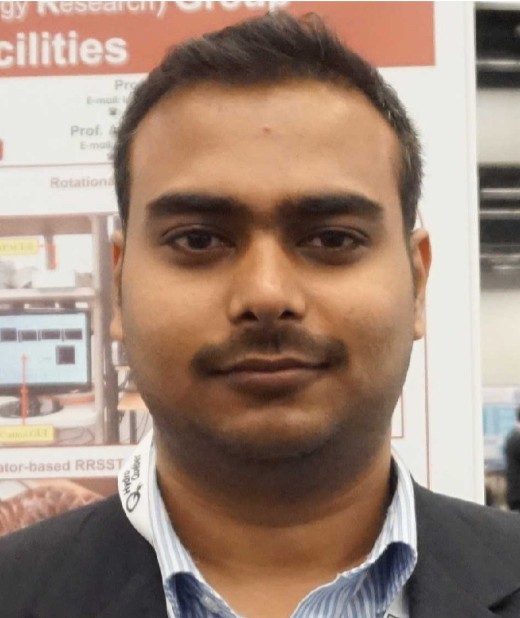
Prof. Sudharshan Kaarthik
Associate Professor, Dept. of Avionics, Indian Institute of Space Science and Technology, Valiamala, Thiruvananthapuram - Kerala
Abstract
This tutorial focuses on the fundamental and practical aspects of electric power systems in spacecraft, with special emphasis on small satellites. Key topics include orbit considerations, solar panel sizing and placement, maximum power point tracking (MPPT), and power sequencing. The session will also address the design and optimization of power converters to ensure reliable operation under extreme space environmental conditions.
Modular DAB-Based Smart Transformers and EV Charging Systems: Design, Reliability, and Circularity Perspectives

Dr. Riccardo Mandrioli
Assistant Professor, Dept. of Electrical, Electronic, and Information Engineering - DEI, University of Bologna, Bologna, Italy
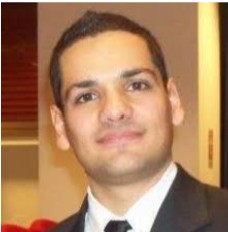
Dr. Mattia Ricco
Associate Professor, Department of Electrical Energy and Information Engineering, University of Bologna, Bologna, Italy

Dr. Lohith Kumar Pittala
Post-Doctoral Research Fellow, Department of Electrical, Electronic, and Information Engineering,University of Bologna, Bologna, Italy
Abstract
The rapid expansion of electric mobility and distributed renewable generation is accelerating the deployment of solid-state transformers and high-power EV charging systems, where modular dual active bridge (DAB) converters have emerged as a key enabling technology. This tutorial explores the design principles, control strategies, and integration aspects of modular DAB-based architectures for both smart transformer applications and fast DC charging infrastructures. Special focus is devoted to life-time assessment and design-for-circularity measures. By combining power-electronic innovation with sustainability-driven engineering, the session provides practical guidelines to support scalable and resilient infrastructures for future low-carbon energy and mobility ecosystems.
Control of Grid Connected Inverters
Dr. Arun Karuppaswamy B.
Associate Professor, Department of Electrical Engineering, Indian Institute of Technology, Madras, Chennai, Tamil Nadu
Abstract
The talk aims at young researchers stepping into the domain of grid connected inverters. Grid connected inverters find use in various applications such as front-end converter applications, power quality applications, and renewable energy integration to the grid. The talk will begin with the fundamental principles of grid-connected inverter, introducing the system as an interconnection of two voltage sources connected through the filter elements. The physically intuitive understanding of the system will be introduced through the phasor approach. With the phasor understanding, the need for the three typical control loops – phase locked loop (PLL), current control, and dc bus voltage control – will be clear. A conventional dq-frame based control will be used for the discussion of the controls. Clarke’s and Park’s transformation will be discussed briefly, highlighting the need for conversion of ac components to dc equivalents in the rotating reference frame for the purpose of controls. An intuitive understanding of the Clarke’s transformation as a mathematical equivalent of a rotating magnetic field in three phase ac machines will be discussed. The rest of the discussion will focus on the three control loops.
The control structure of the PLL will be developed and the small signal model of the PLL will be discussed, leading to the selection of the control parameters for the PLL. An intuitive understanding of the current control will be brought out – indicating how once the grid voltage is balanced on the inverter end with an equivalent voltage, the system reduces to a simple voltage applied on the filter components. The dc bus voltage control will be introduced along with the concepts related to multi- loop control. A bode plot based approach will be used for the selection of control parameters for all the three control loops. Simulation and experimental results will be shown wherever required, to provide better insight into the design.
Power Converters in Naval Sonar Systems
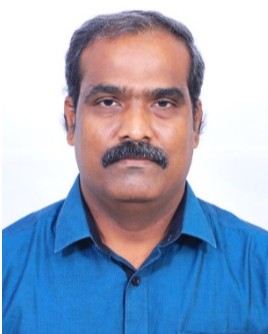
Mr. Panchalai V. N.
Scientist F, Naval Physical and Oceanographic, Laboratory, DRDO, Kochi
Abstract
Advanced Power Conditioning Systems for High-Power Laser Systems
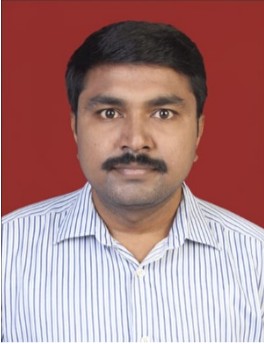
Dr. Boddu Somaiah
Scientist G, Technology Director, Center for High Energy Systems and Sciences, DRDO Hyderabad
Abstract